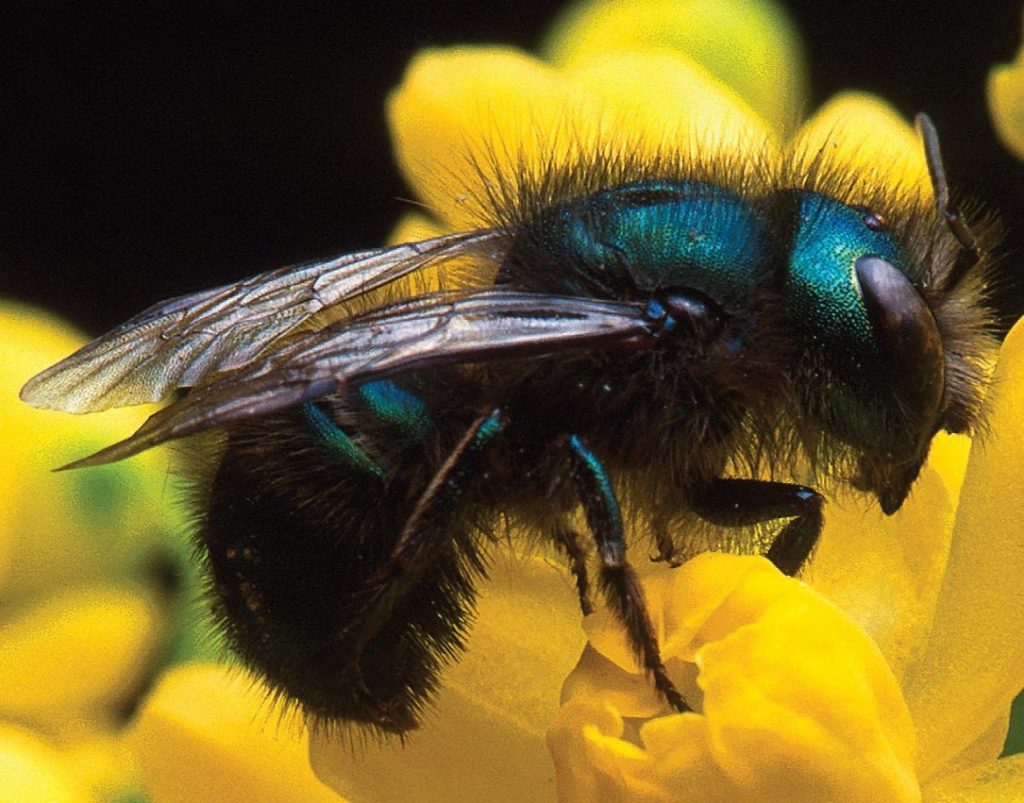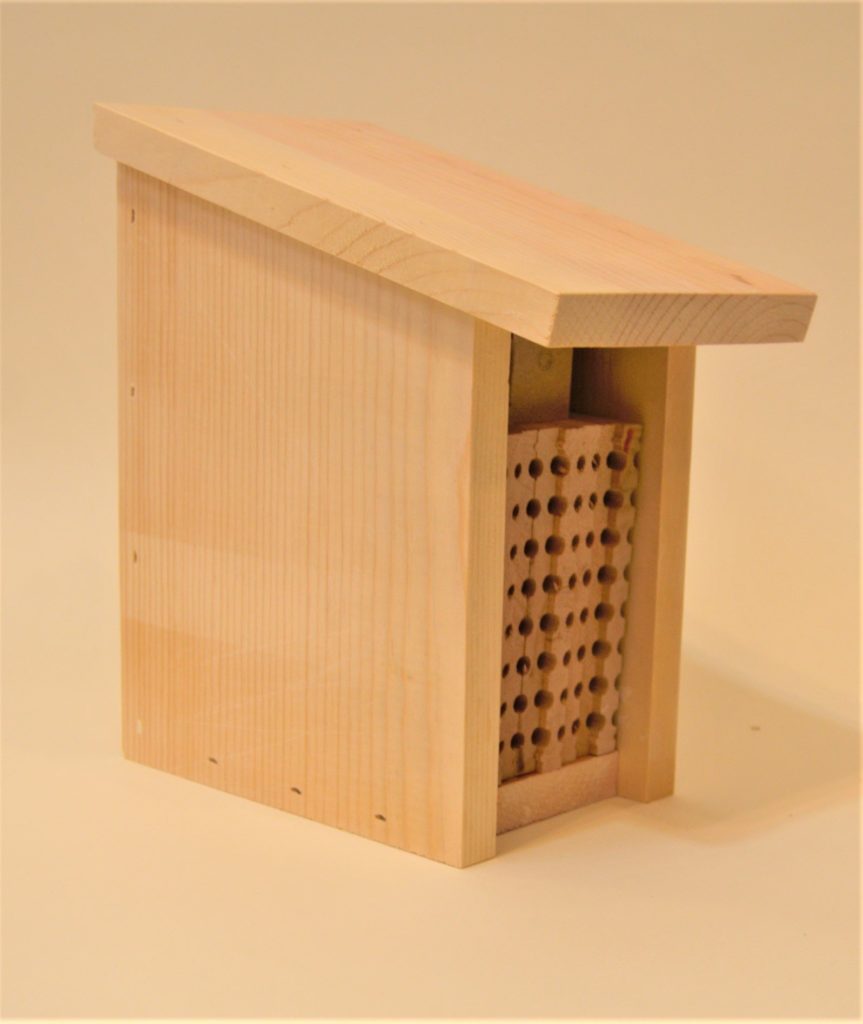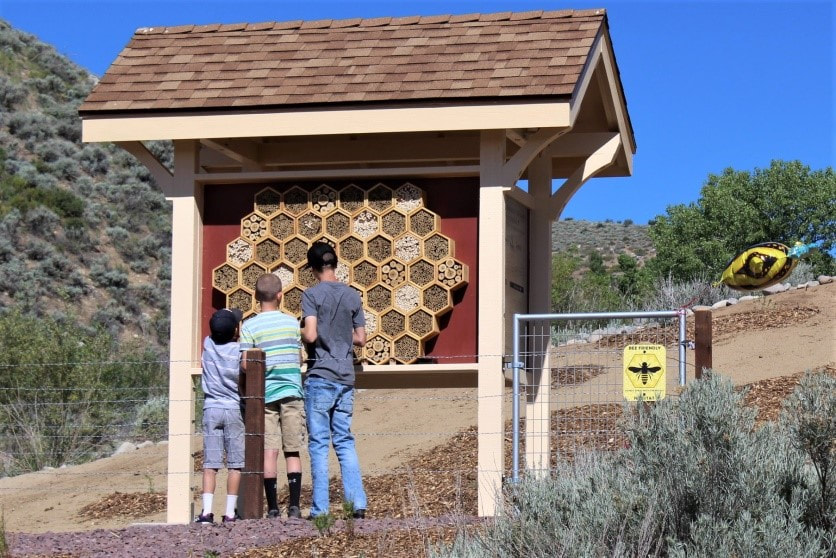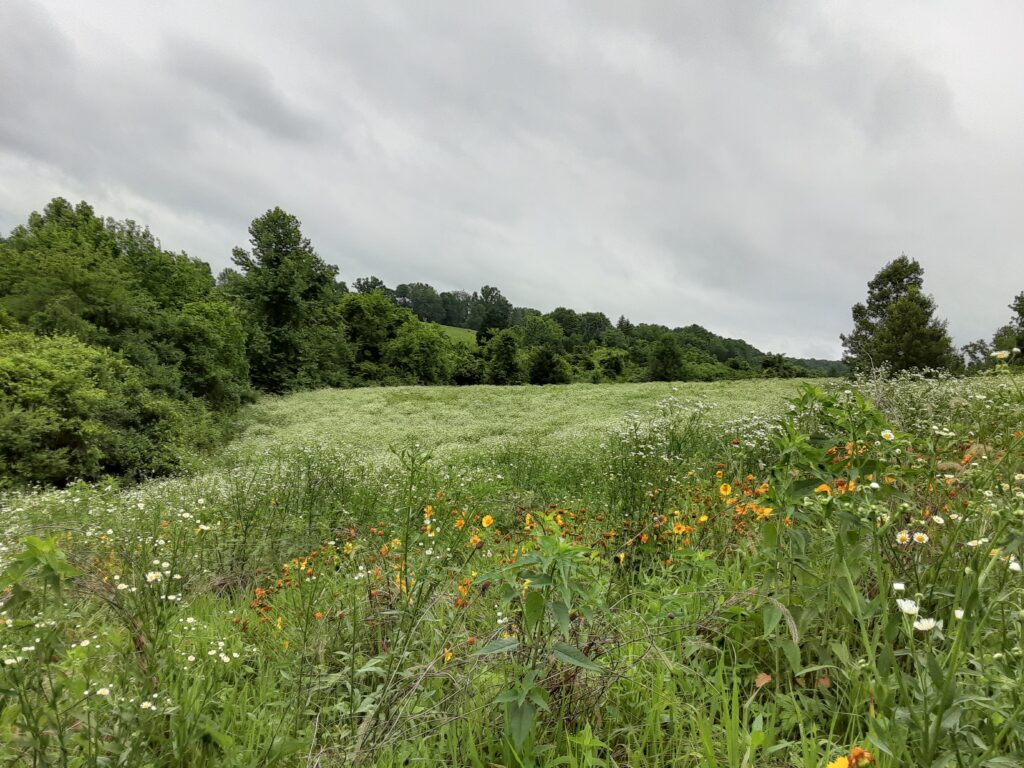
Our purpose is to aggregate grassland bird, pollinator, and beaver habitat acreage across parcel boundaries in Virginia through education and outreach to landowners. VHFSC works with ACP’s regenerative landscape management contracting program SoilKeepers to provide comprehensive habitat services for projects from a few thousand square feet to hundreds of acres:
- Habitat, Farm, Field, Lawn, and Floodplain Landscape Management
- Landowner Educational Meetings
- Multi Landowner Project Coordination
- Planning and Coaching
- Native Plant Seeding and Drilling
- Invasive Species Management
- Conservation Mowing
- Leasing Contracts
- Stream/River & Floodplain Reconnection through Beaver Dam Establishment and Maintenance
- Wetland Restoration and Maintenance
Become a VHFSC Member
Annual Membership and Benefits
Membership Levels
Indiangrass – $25 – Benefits include access to educational events and newsletters and a free on-site consultation (within 1 hour drive of Rapidan).
Bluestem – $500 – Benefits include access to educational events and newsletters, a free on-site consultation, plus 10% discount on equipment rate for habitat projects.
Aster – $1,000 – Benefits include access to educational events and newsletters, a free on-site consultation, plus 15% discount on equipment rate for habitat projects.
Goldenrod – $2,500 – Benefits include access to educational events and newsletters, a free on-site consultation, plus 20% discount on equipment rate for habitat projects.

Our Services
Habitat Quilting
The Coop concept was created primarily to 1. provide a social venue for nearby landowners to work across property boundaries to aggregate wildlife habitat and 2. to provide specialized equipment to members for an affordable price. VWHC currently is building 4 wildlife habitat quilts in Central Virginia; Rapidan, Gordonsville, Somerset, and Nalles Mill. The boundaries of these areas are loosely defined based solely on our knowledge of currently maintained habitat projects (by us or others). DRAFT Maps (June, 2022) thus far created of these growing quilts are shown below. Habitat quilt socials are now being convened for these areas for Summer, ’22.


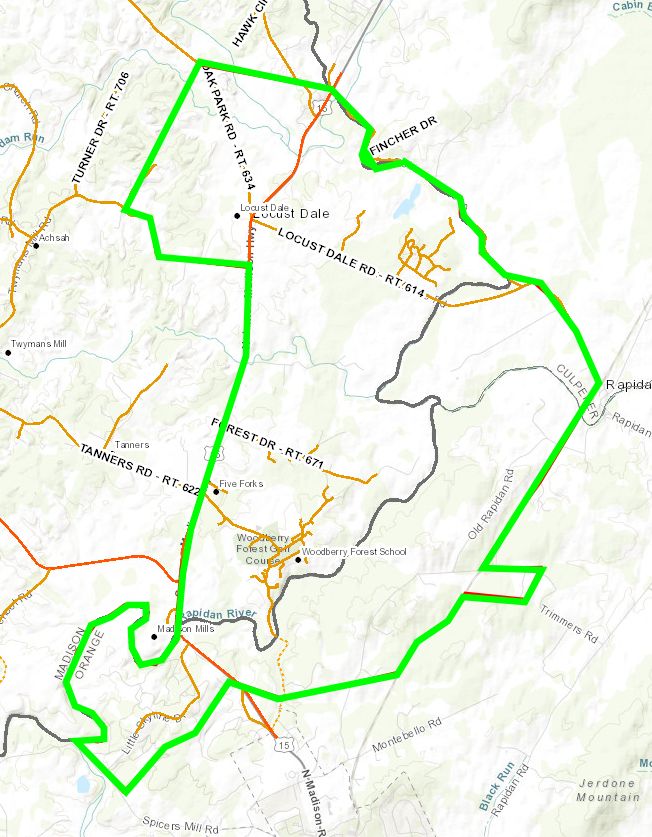
Meadow & Prairie Establishment & Maintenance
Call Mike at (540) 672-2542
There are many ways to establish and maintain a wildlife grassland habitat. VHFSC Staff helps a landowner consider factors such as need for government assistance, timeframe for mature habitat establishment, plants suited for particular type(s) of wildlife, aesthetics, synthetic vs. natural methods for habitat creation, and pros and cons of alternative maintenance regimes.
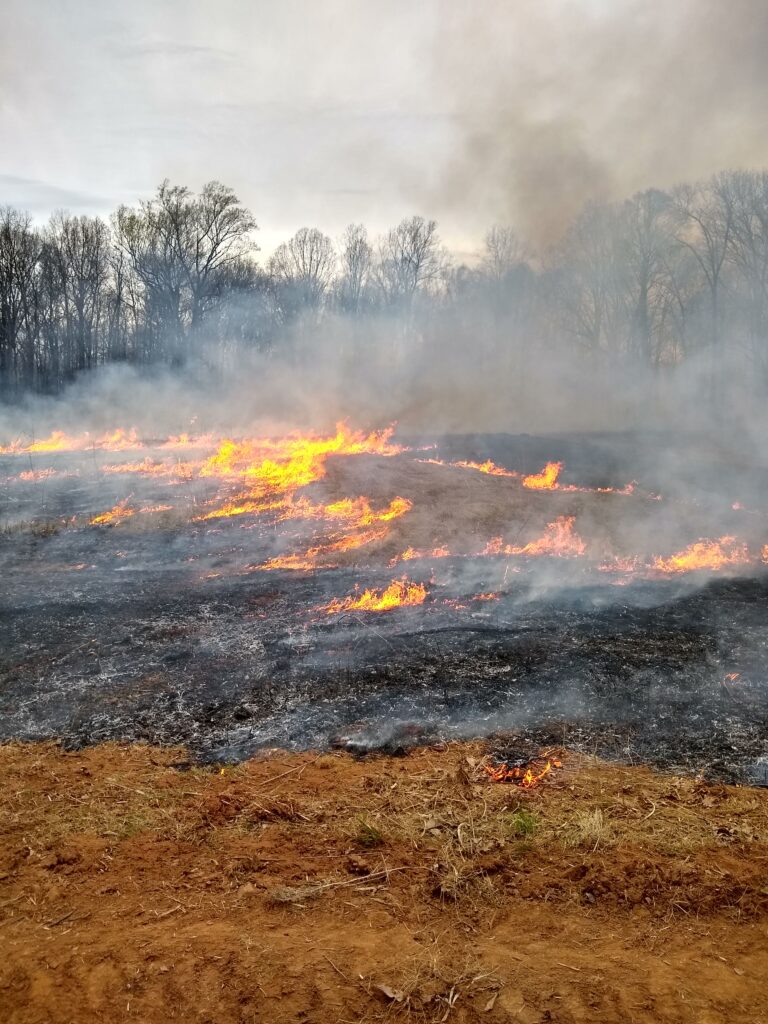
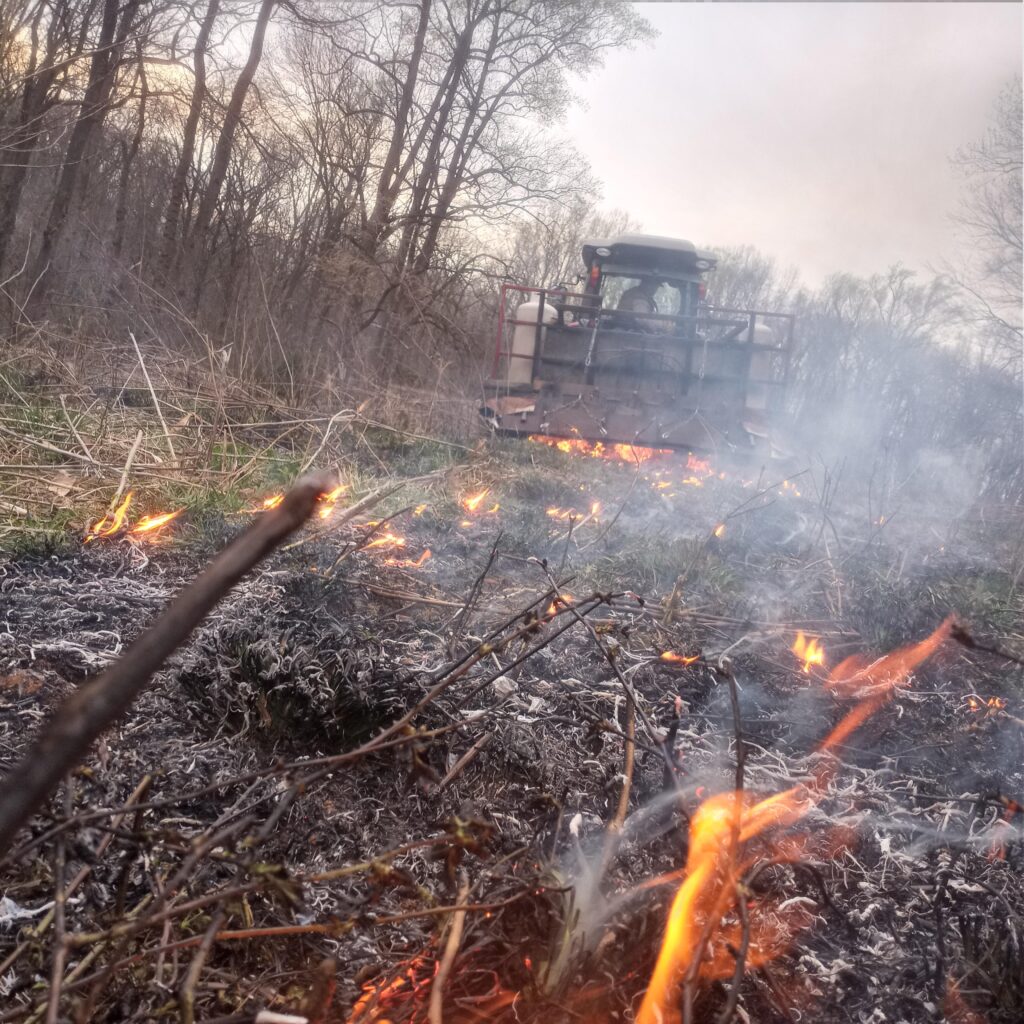
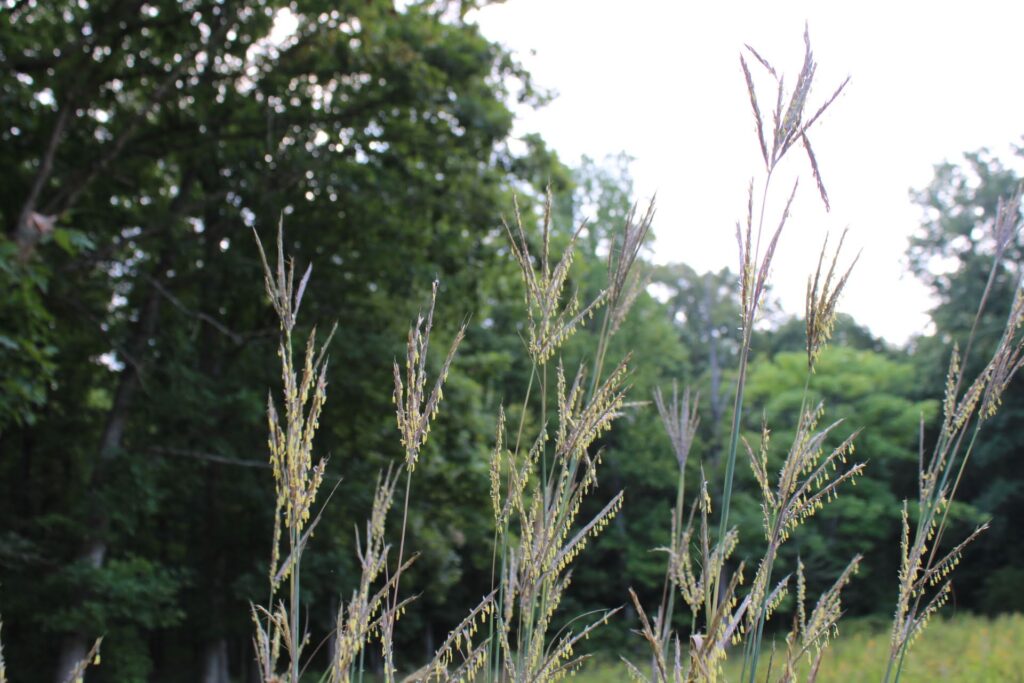
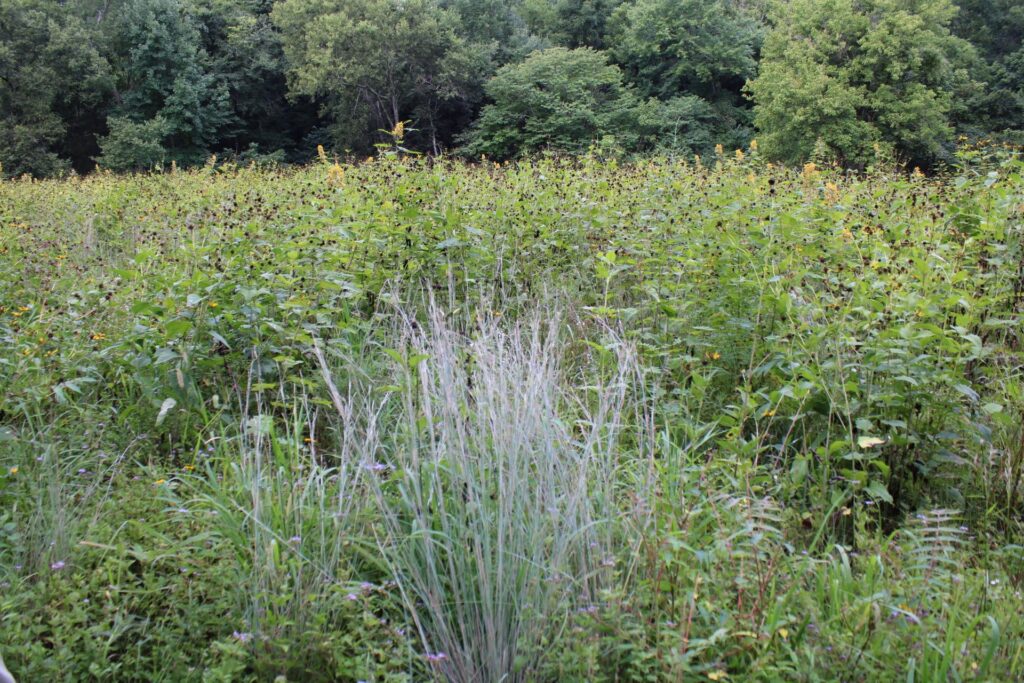

Pasture and hayfield ecosystems can be highly diverse, with a complex array of plants and soil organisms contributing to food and shelter for ungulates, pollinators, and grassland birds. Benefits of grassland biodiversity includes increased forage production, greater plant community stability in response to disturbance, and reduced invasive species biomass. Pasture and hayfield management for biodiversity however is not simply a matter of increasing species of seed. Different animals need different mixes of forage, while accounting for soil type, aspect, drainage, and field rotation. VHFSC Staff and Partners help a landowner optimize these variables for the benefits of farm animals, grassland birds, and pollinators.
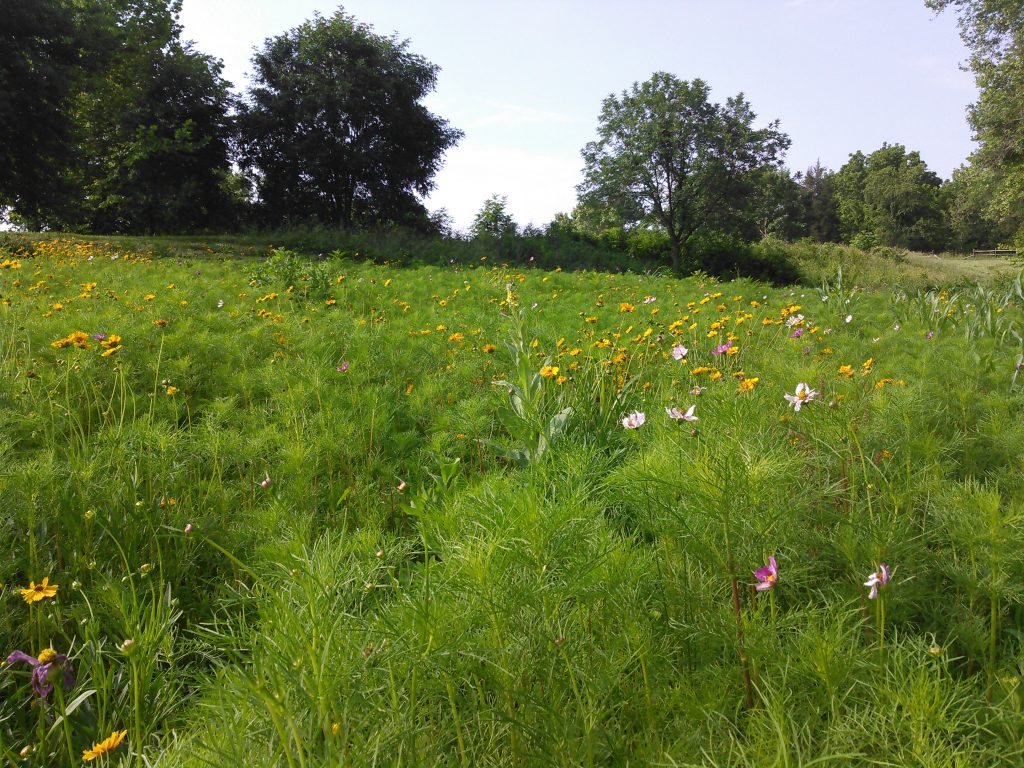

Real management of grassland weeds and invasive species in our experience requires a plan and does not happen overnight. The reasons include the fact that weed seed persists in soil for years and in some instances, decades, and the fact that weed seed blows in to varying degrees from nearby landscapes. Therefore, we find the concept of “killing weeds” to generally be a myth. Plants that in a particular landscape we consider weeds can have the microbiology of soil in which they grow altered to favor the growth of desirable species. In addition, plants can be selected that will outcompete the invasives, while still growing in a manner that they are able to play well with the desired species. However, when woody invasive species (tress and shrubs) get a foothold in a grassland or forested landscape, synthetic chemicals are a necessity. Different invasive species get treated differently at different times of the year. VWHC Staff will work with a landowner to find the best invasive species strategies to meet management goals.
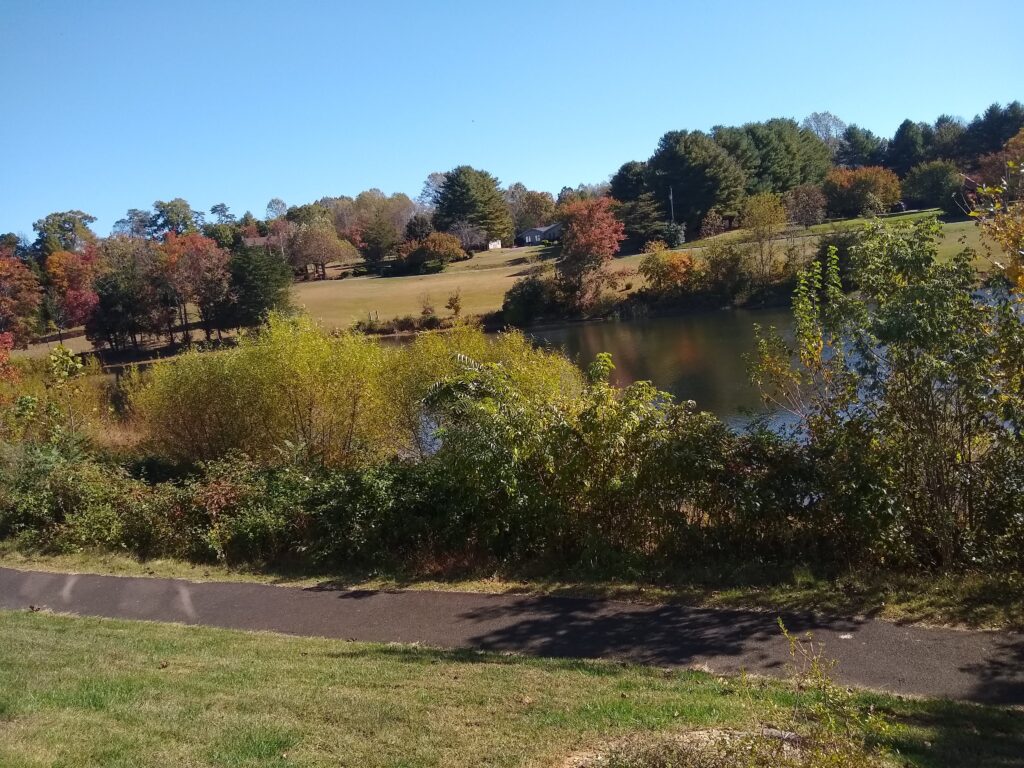
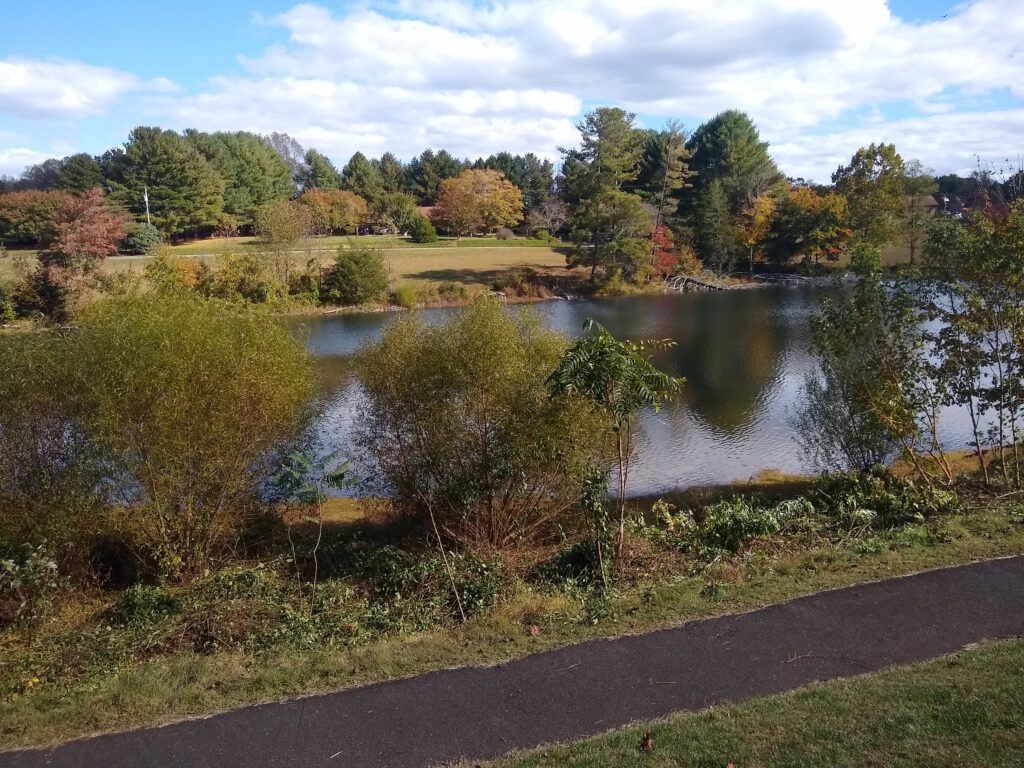
Blue Orchard Bees (BOB) are a solitary mason bee native to Virginia. This excellent pollinator is potentially in decline. Some of the suspected reasons for population decline are habitat loss, introduced bee species, increased pathogens, and increased exposure to pesticides.
The nesting structures, called “Bee Houses” or “Bee Hotels” require management. They cannot be set up and left alone, or they will become breeding grounds for pests, predators, and diseases. The BOB can be left to their own devices for the most part, or they can be managed more intensively. Regardless of management strategy, the bee houses need to be cleaned regularly and protected from weather, predators, and parasites. This requires several visits to the house each year.
In partnership with Siller Pollinator Company, we provide small to large scale bee packages to suit any size project. With installation and annual maintenance included, your new bee houses are as easy as a phonecall away!
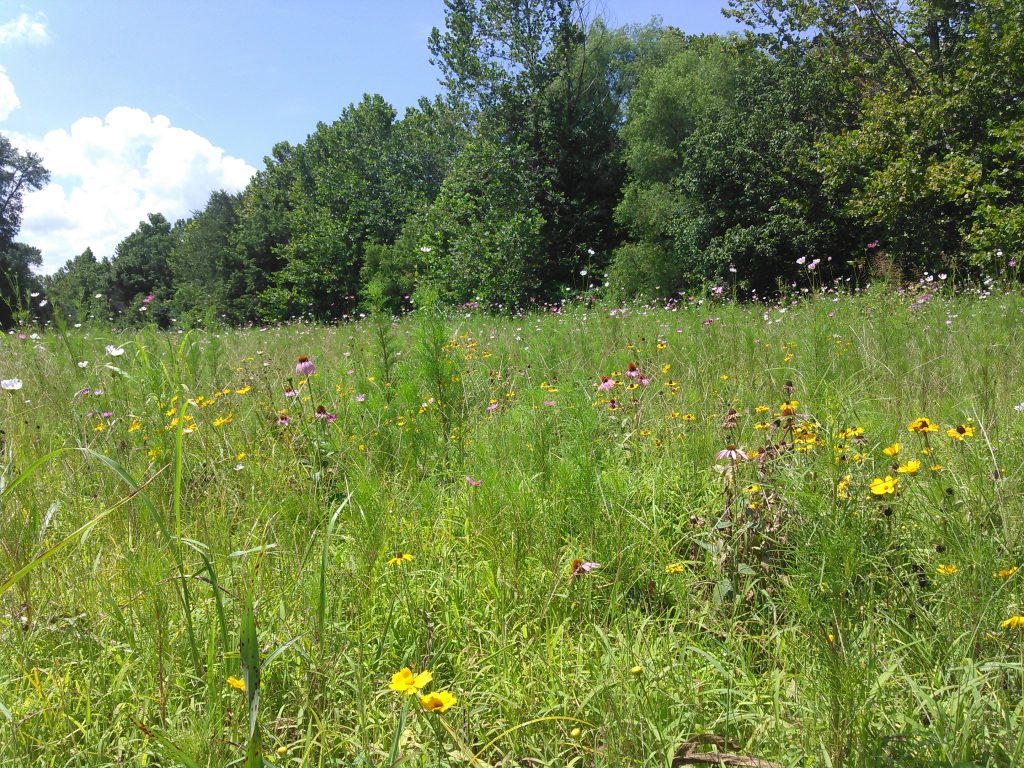
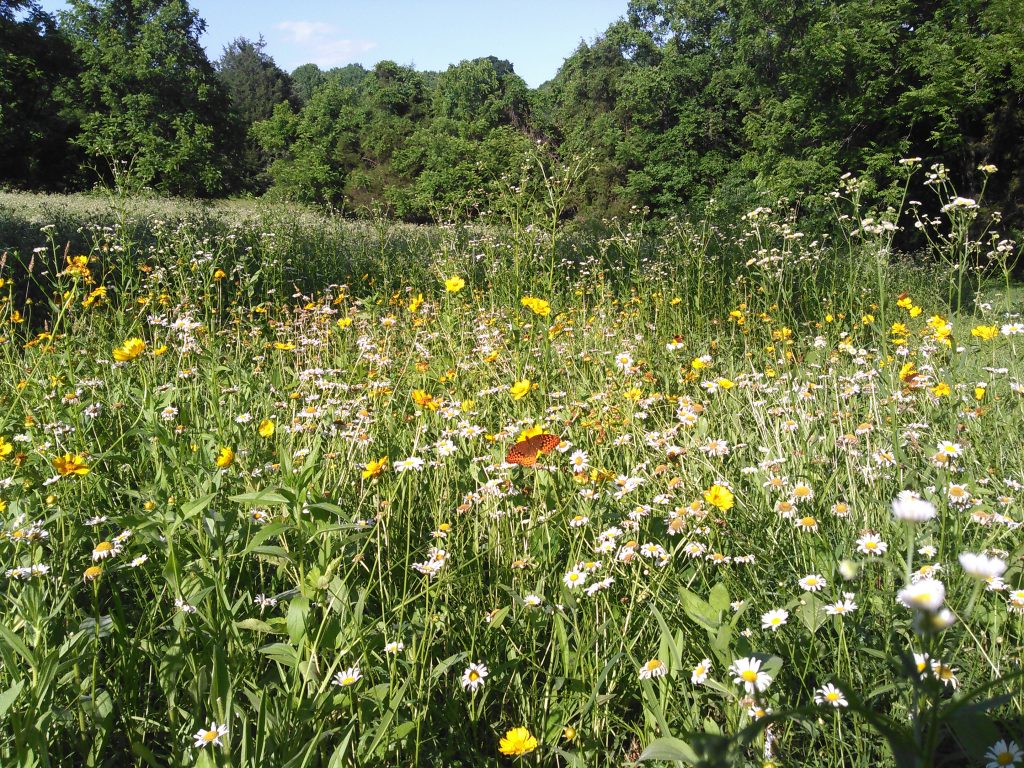

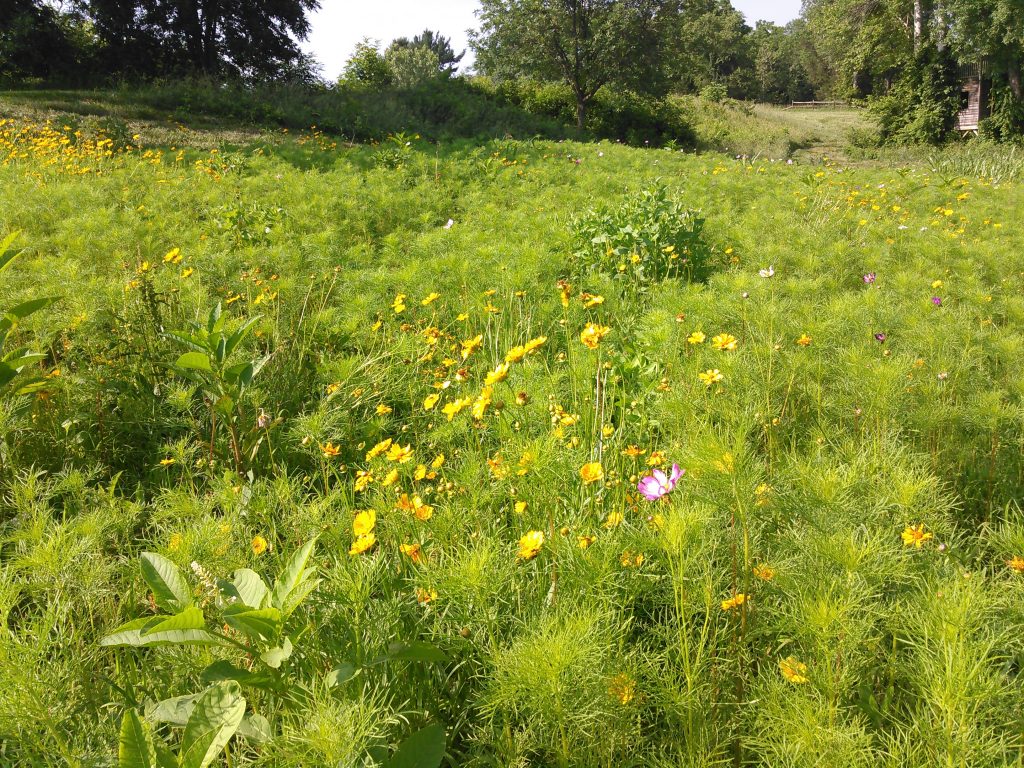



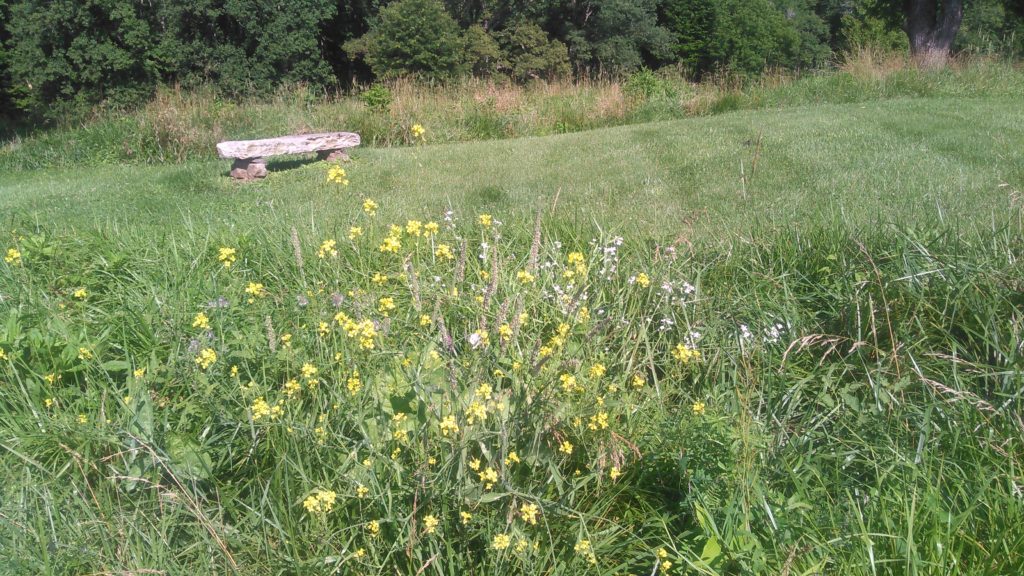
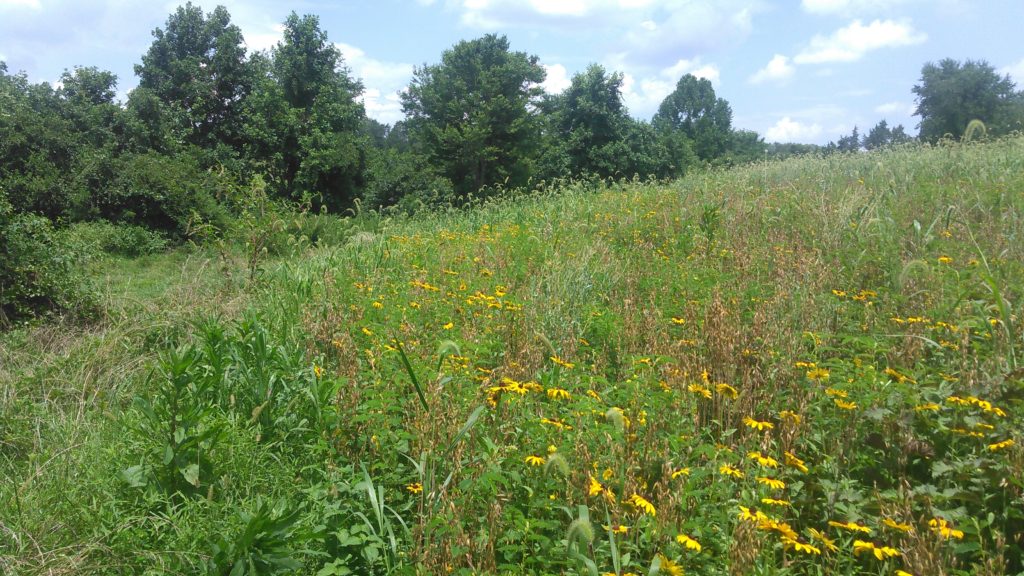

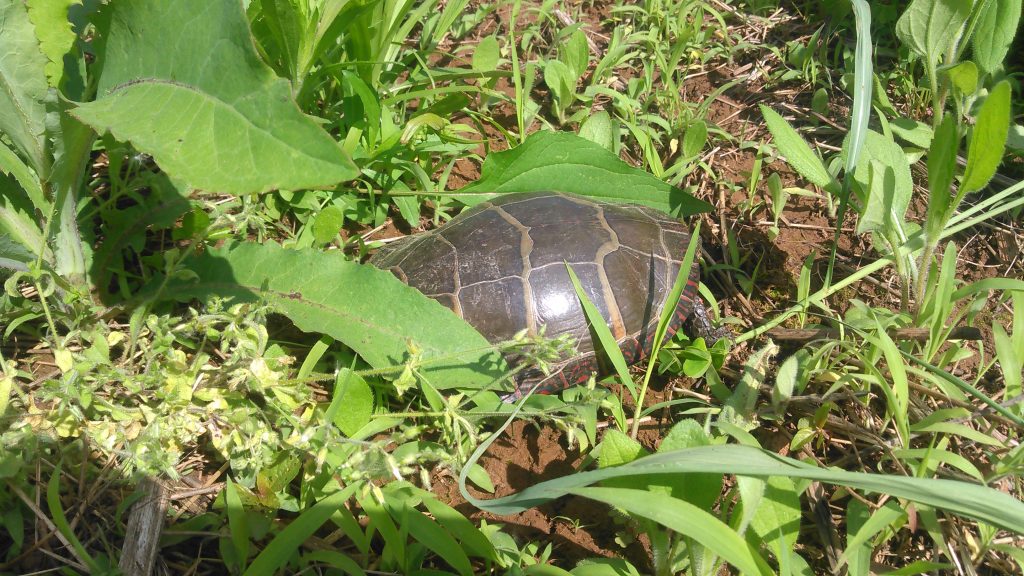
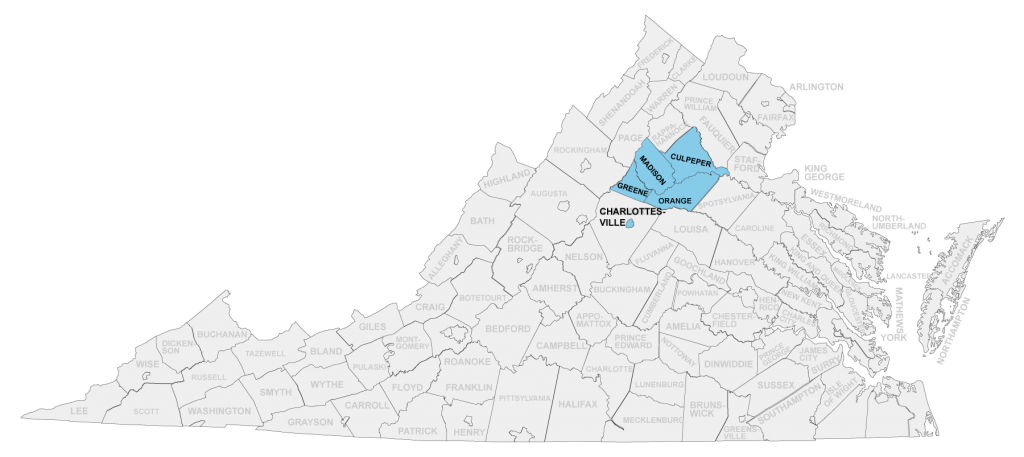
Follow us on social media by clicking the links below

